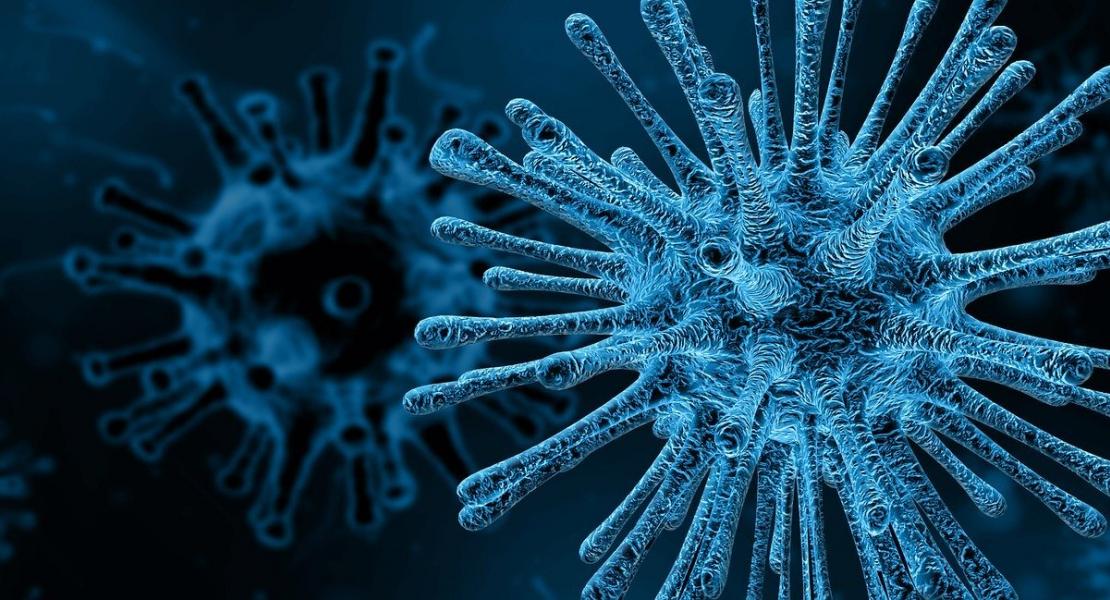Terminal uridylyltransferases target RNA viruses as part of the innate immune system

Abstract
RNA viruses are a major threat to animals and plants. RNA interference (RNAi) and the interferon response provide innate antiviral defense against RNA viruses. Here, we performed a large-scale screen using Caenorhabditis elegans and its natural pathogen the Orsay virus (OrV), and we identified cde-1 as important for antiviral defense. CDE-1 is a homolog of the mammalian TUT4 and TUT7 terminal uridylyltransferases (collectively called TUT4(7)); its catalytic activity is required for its antiviral function. CDE-1 uridylates the 3ʹ end of the OrV RNA genome and promotes its degradation in a manner independent of the RNAi pathway. Likewise, TUT4(7) enzymes uridylate influenza A virus (IAV) mRNAs in mammalian cells. Deletion of TUT4(7) leads to increased IAV mRNA and protein levels. Collectively, these data implicate 3ʹ -terminal uridylation of viral RNAs as a conserved antiviral defense mechanism.
